Contribution: Programs Alive with Possibility
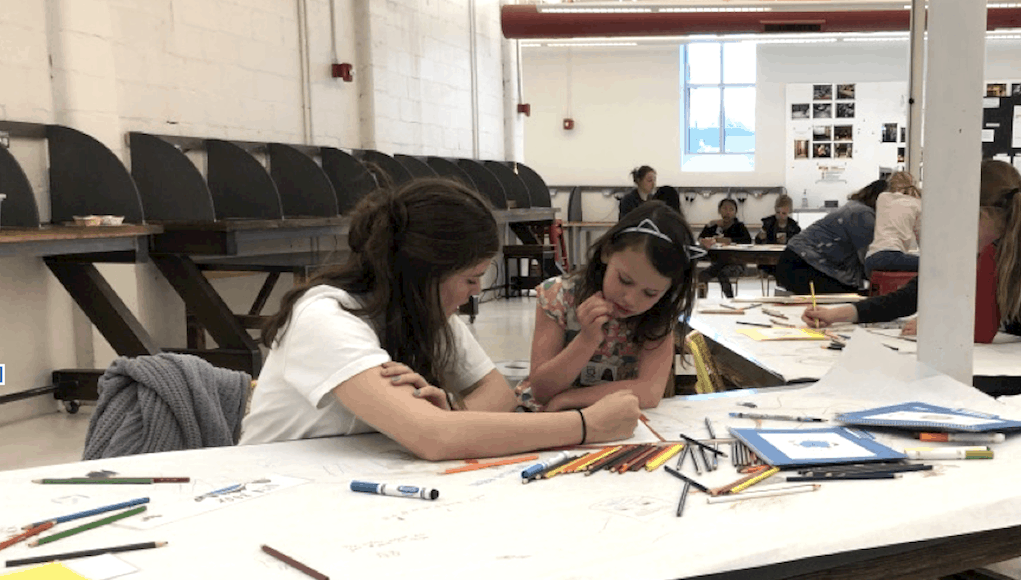
Helping young people identify and make their unique contribution is motivating and great preparation for the innovation economy–and they’ll inherit a world that could really use the help right now. Now that we’re all connected, it has never been easier for young people to code an app, raise money, or launch a campaign. It’s time to help young people play a lead role in their own superhero feature.
We recently reported on seven schools alive with possibility. This post highlights 11 programs and community organizations helping youth make a difference.
1. Advancing Leadership (@ALFedWay) is a community development program in Federal Way Washington (between Seattle and Tacoma). Like hundreds of similar programs, a cohort of adults spends a day a month together studying community issues including education, environment, economy, and housing. Participants pick a project and work together for half a year to make a unique contribution to the community.
In 2005, Advancing Leadership was first of its kind to launch a youth program. A cohort of high school juniors participates in a parallel program to the adults. They also complete a service project. Seniors (ALY 2.0) practice leadership as they mentor the junior class and work on personal development and career exploration.
2. AI4ALL (@ai4allorg) is a summer program for high school students who self-identify as part of an underrepresented group. By connecting them to computer scientists from 11 leading universities, youth learn to use AI to solve problems they care about (see feature). Last week they launched open tools for difference-making.
3. Big Green (@biggreen) is building a national school food culture that promotes youth wellness. Through food literacy programs and a network of Learning Gardens, students, parents and teachers are connected through robust food culture. They are focused on underserved schools in seven cities. Their high school programs help students launch a food-based business (see feature).
4. Real World Scholars (@RWScholars) EdCorps Program operates an e-commerce platform that allows students to develop and operate businesses under their nonprofit umbrella
5. Global Dignity (@GlobalDignity) is dedicated to teaching learners how to “tap into values of kindness, understanding, tolerance, and compassion.” They sponsor Global Dignity Day. This year it is October 16 (see feature).
6. The premise is simple: elementary students are asked to describe their dream machine, college design students and high school prototypers help bring to life the dreams of elementary students. MyMachine (@mymachineglobal) spread across Belgium and now supports programs in eight countries (see feature).
7. One Stone (@onestoneidaho) is a student-directed nonprofit in Boise, Idaho led by a board of at least two-thirds students. Now known for an innovative high school, the flagship afterschool program, Project Good, provides an opportunity for a direct connection and benefit to the recipient and the opportunity for a life-changing experience for the One Stone student. Project Good tackles 15-20 experiential service projects per year that build community, leadership, a life-long love of service, and create good in the world (see feature).
8. The Purpose Project, incubated by IDEO, is a curriculum and digital platform that helps young people use design thinking to develop their purpose through impact projects.
9. Founded by Indiana teacher Don Wettrick, The STARTedUP Foundation (@letsstartedup) empowers student entrepreneurs and innovators with collaborative, immersive experiences, accelerator programs and the first seed fund for students under 20.
10. Based in San Diego with locations in St. Louis, Austin, and New York City, Whatever it Takes (WIT, @doingWIT) is a six-unit college credit social entrepreneur and leadership program in the country.
11. Youth Cinema Project, an initiative of the Latino Film Institute, is flourishing in Santa Ana. Students create, write, direct and produce films, which are often about their community or a local challenge their community is facing. They contribute films that highlight their stories, their families and their voices and working with leading filmmakers (a group of intentionally culturally diverse filmmakers) to receive guidance and support. After producing a film, students often continue to work on the cause and make a difference.
For more see
- Contribution: Schools Alive with Possibility
- New School Formula: Harder Problems and Fewer Answers
- Organizing Your School As A List Of Courses Doesn’t Work for Learners
- How to Be Employable Forever
Stay in-the-know with innovations in learning by signing up for the weekly Smart Update. This post includes mentions of a Getting Smart partner. For a full list of partners, affiliate organizations and all other disclosures please see our Partner page


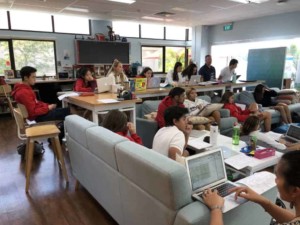
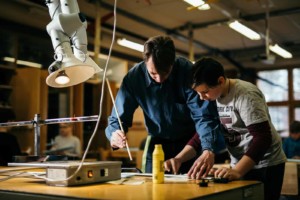
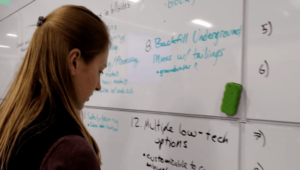
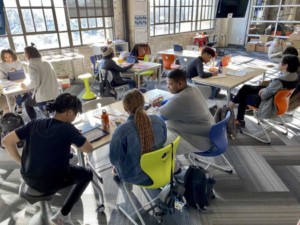
Tom
Add District C to the list. This NC nonprofit partners with high schools to develop leadership and problem solving skills https://www.districtc.co/
Tom Vander Ark
Add Global Citizen Year to the list http://www.globalcitizenyear.org